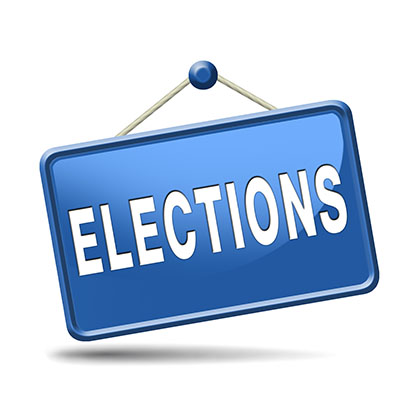
In the August 2008 edition of The Lane Report, I warned investors that deleveraging would be an extremely painful process. In that column, I also cautioned the stock market was nowhere near bottom yet and that they should continue to avoid the financials. Since that time we have seen a massive amount of dislocation in both the equity and the debt markets, and the big Wall Street “investment bank” is a thing of the past. In this column, I describe the current problem, its result, what needs to happen and when you should get back in the market.
What is the current problem? Our worldwide system of capitalism is built primarily on one thing – trust. In order for investors to continue to want to invest in assets, they need to trust that they are going to get their money back plus an expected return. Unfortunately, we have had a fundamental breakdown in this trust. Investors have been burned by so-called “safe assets.” Instruments like auction-rate bonds and AAA, insured mortgage-back securities were billed as “safe as Treasuries,” but so many investors have found out that they were anything but guaranteed.
What is the result of the problem? American and international investors have fled to United States Treasury securities. This has pushed the prices on Treasuries up and yields down to historic lows. Moreover, this demand for dollars has caused the dollar to strengthen significantly against most international currencies. While the strong dollar may make us feel good at the gas pump, the strong dollar is indicative of investors’ lack of trust in any asset that carries even a moderate amount of risk.
What needs to happen? I know it sounds contradictory to what you may have heard from economist in the past, but a healthy dose of inflation is the best thing for us during these extraordinary times. This is why I fully support President-elect Obama’s decision for a massive rebuilding of the public infrastructure. However, I would hope it is in the $1 trillion dollar range, which as this is written is larger than previous estimates. New jobs and more spending is exactly what we need for a recovery. The more we spend, the better chance we have for inflation. Inflation lifts the value of asset prices, such as the price of a home. In real terms, it will also decrease the cost of our large national debt.
Where do we go from here? At least as far as the equity market is concerned, we are stuck in a trading range until the trust returns. If you have ever been burned by someone you trusted, you know that it takes awhile before you are willing to do business with them again, if ever. Because there is currently not a “trust index” or a “trust ETF,” as a substitute investors need only to pay close attention to the value of Treasury prices. I believe the major sign of recovery will be a drop in the price of Treasuries and a rise in their yield. This will signal that U.S. and international investors are regaining their trust in other assets. This will also lead to a drop in the value of the dollar, which should signal the transition from a deflationary environment to an inflationary environment.
In short, there will not be a recovery until we see 1) a drop in demand for Treasuries, 2) some form of dollar depreciation and 3) asset price inflation. So, you can either follow the international currencies markets or the prices on Treasuries, or you can just pay attention to oil and gas prices. As soon as gas returns above $2.10 a gallon, its 10-year average retail price, you should be back in the stock market. Until that time, enjoy the cheap gas and continue to stay away from the stock market.



















Add Comment